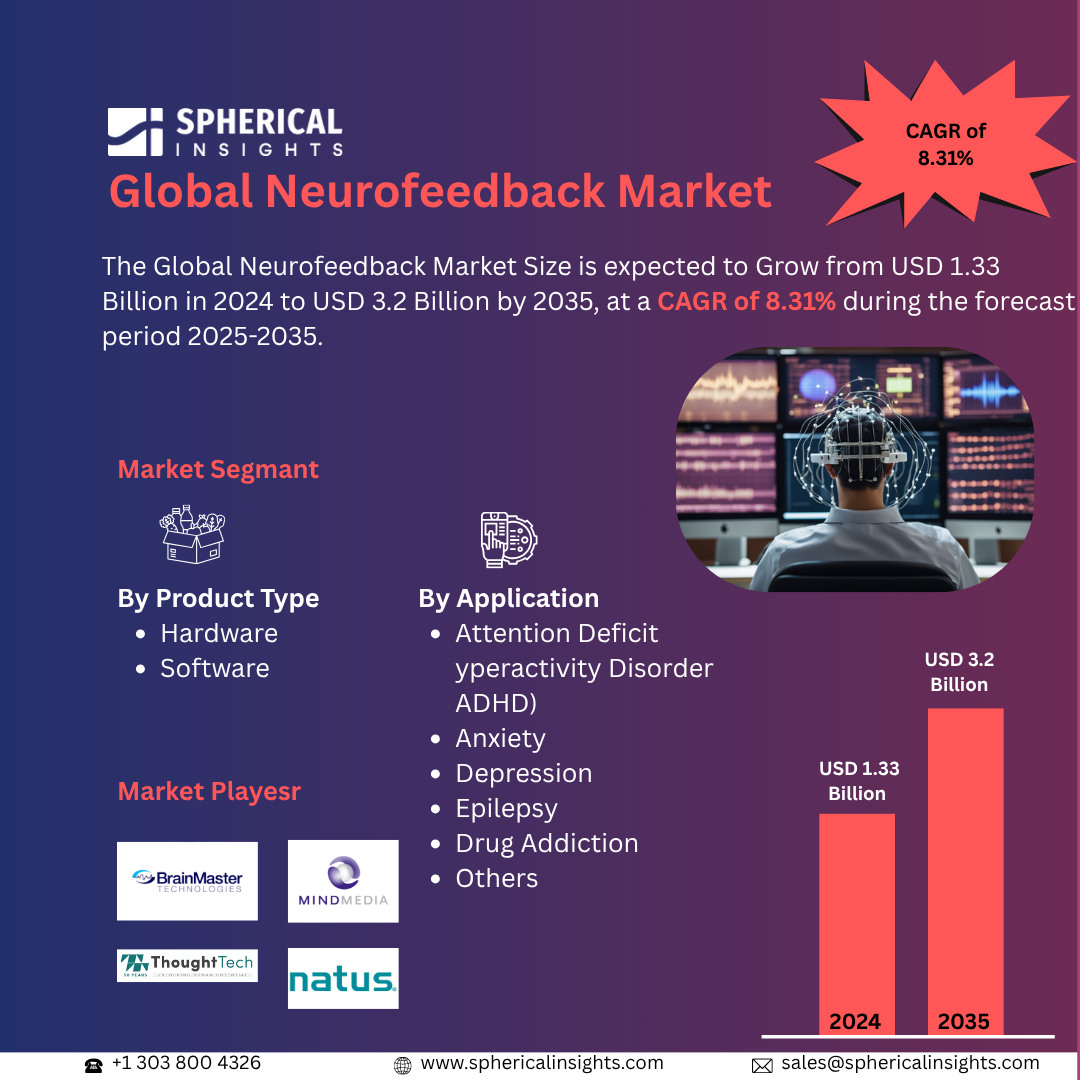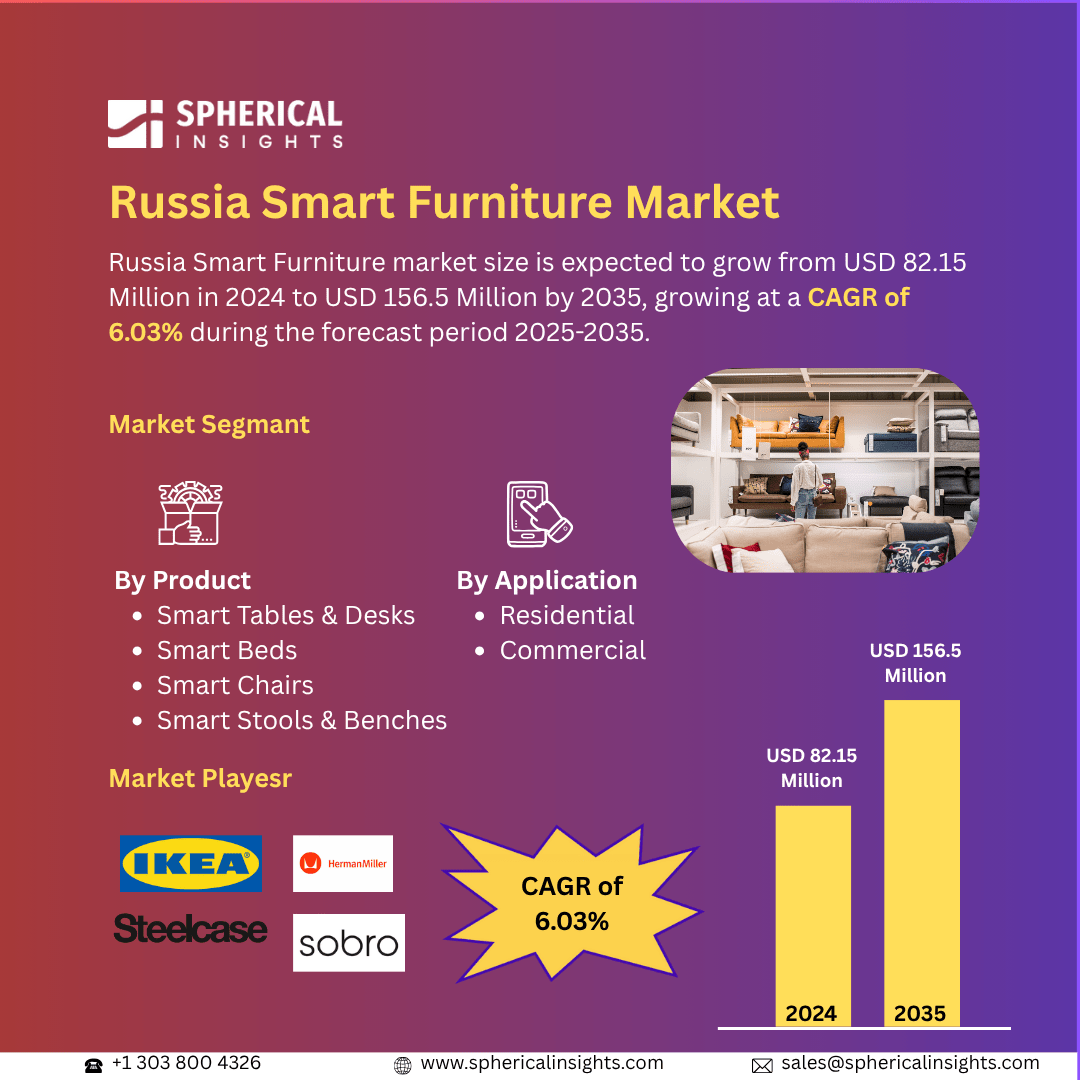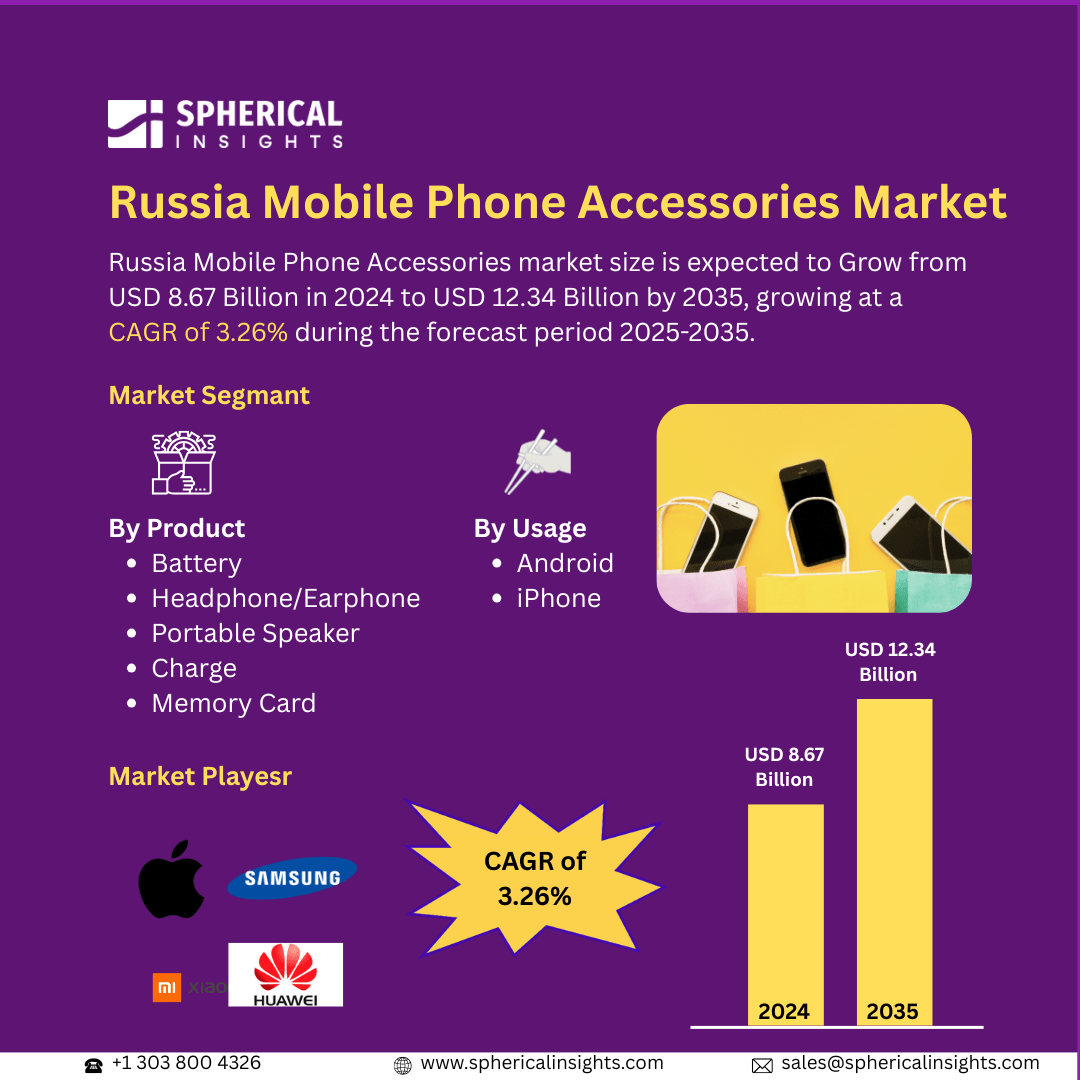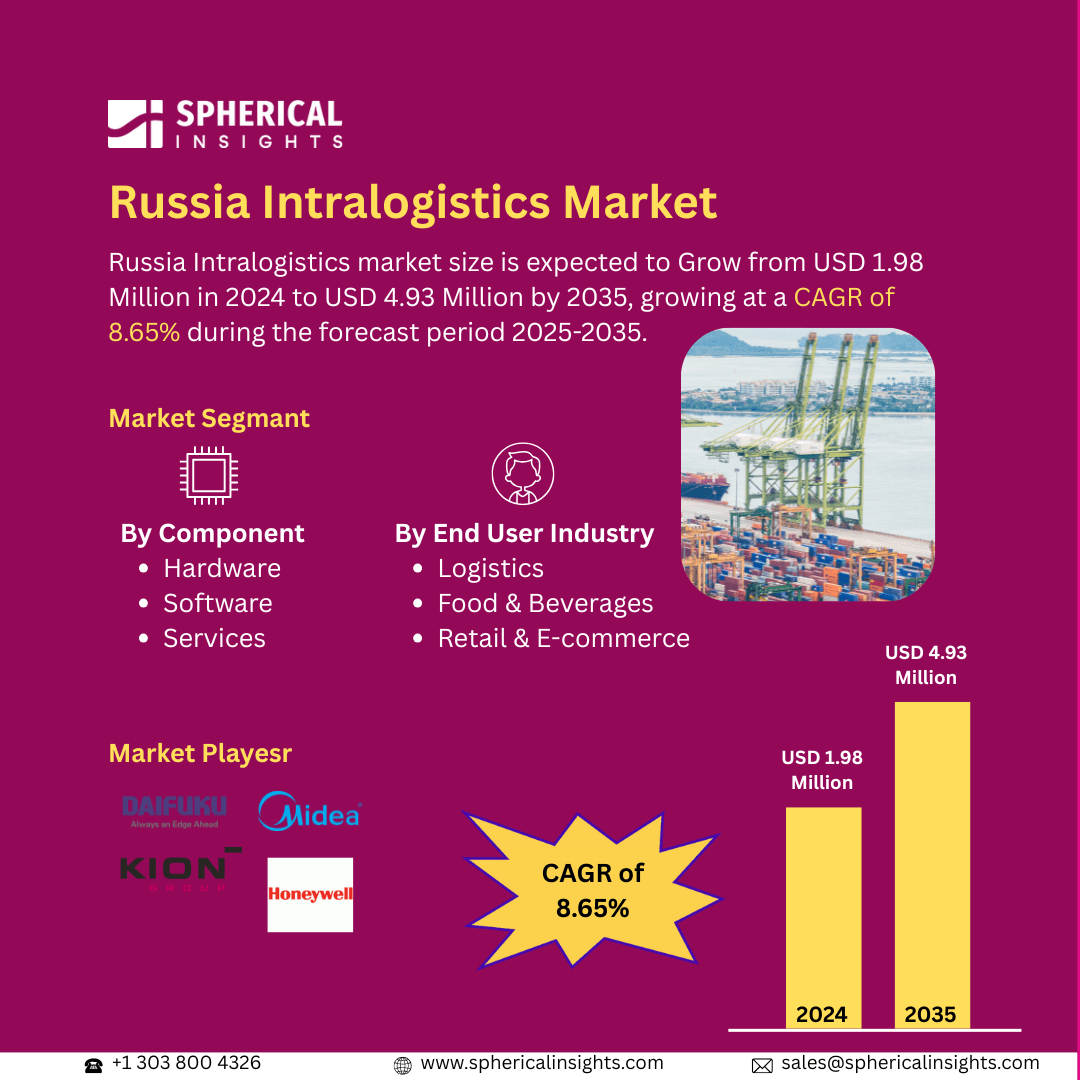Global Neurofeedback Market Insights Forecasts to 2035
- The Global Neurofeedback Market Size Was Estimated at USD 1.33 Billion in 2024
- The Market Size is Expected to Grow at a CAGR of around 8.31% from 2025 to 2035
- The Worldwide Neurofeedback Market Size is Expected to Reach USD 3.2 Billion by 2035
- Asia Pacific is expected to grow the fastest during the forecast period.
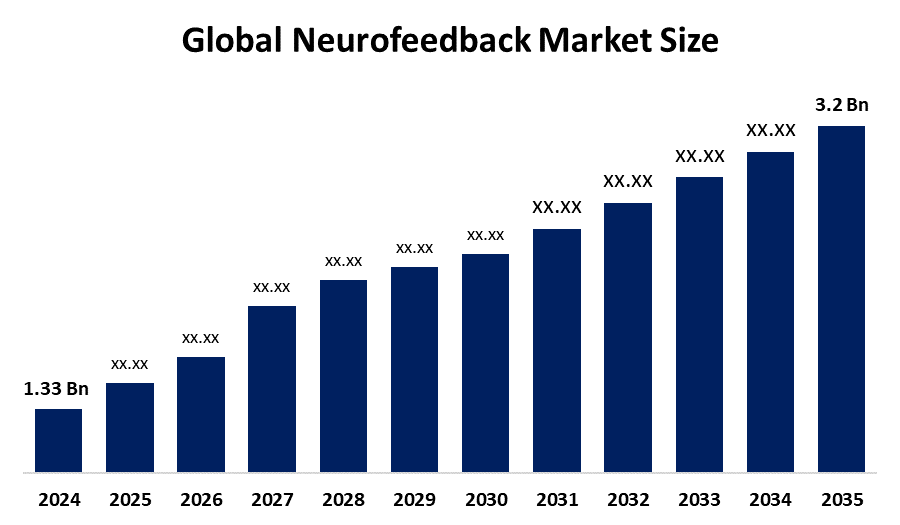
Neurofeedback Market
A non-invasive method called neurofeedback (also known as EEG biofeedback) detects brain electrical activity (EEG) and gives users immediate feedback so they can learn to control their brain states. Devices include consumer headbands, app-driven software for at-home training, clinical EEG systems, and clinician-led platforms. The industry has grown quickly as consumer wearables reduce the size of EEG gear, mental health awareness rises, and neuroplasticity research raises demand for clinical and wellness services.
Attractive Opportunities in the Neurofeedback Market
- Adoption by consumers and at-home neurofeedback through affordable, cosy headbands combined with subscription software expands the market for addressable customers beyond clinics into wellness and productivity sectors.
- Devices with clinical validation and specific therapeutic claims (such as for anxiety, ADHD, or insomnia) that receive regulatory approvals and generate randomised evidence are eligible to enter reimbursed clinical routes.
- Platform aggregation and clinical-as-a-service allow companies to transition from one-time device sales to higher-margin service models by generating stickiness and recurring income.
Global Neurofeedback Market Dynamics
DRIVER: Growing Mental-Health Awareness and Demand for Non-Pharmacologic Therapies
Neurofeedback is positioned as a non-invasive therapy with a growing body of evidence, and the need for non-pharmacological interventions is being driven by the rising prevalence and awareness of stress-related diseases, anxiety, sleeplessness, and ADHD. More and more doctors and patients are looking for drug supplements or alternatives, especially for paediatric and chronic illnesses where long-term pharmacotherapy is less acceptable. Beyond therapeutic settings, the industry is further expanded by consumer interest in performance and sleep optimisation. This is cited as a primary demand driver in market reports.
RESTRAINT: Mixed Clinical Evidence and Regulatory Uncertainty
Heterogeneous clinical evidence is a major constraint. Although some vendors and studies report positive effects, recent trials and systematic reviews (including major journals) have shown mixed or modest group-level benefits for some indications (e.g., ADHD), which has hospitals and payers wary. Devices marketed for wellness encounter fewer obstacles in the regulatory process than those pursuing therapeutic claims; yet, acquiring FDA certification or an equivalent for treatment indications necessitates extensive testing, which raises the time and expense of going to market. Large-scale clinical adoption is slowed by this combination.
OPPORTUNITY: Miniaturized, AI-Enhanced Wearables & Platform Monetization
Better signal quality from consumer headbands and smartphone-paired devices is made possible by developments in sensor miniaturisation, artefact rejection, cloud analytics, and artificial intelligence. Together with clinician telemedicine services and subscription analytics, these technological advancements increase access and generate steady, recurring income. Vendors will be well-positioned to take advantage of both clinical budgets and high-value consumer spending if they can show clinical results and provide hybrid clinician at-home care paths.
CHALLENGES: Reimbursement, Clinical Workflows & Training
Reimbursement and integration into clinical processes are prerequisites for mainstream clinical adoption; hospitals and clinics must subsidise services in the absence of CPT/ICD coverage or local payer acceptance. Additionally, verified automated protocols or trained operators are needed to deliver trustworthy neurofeedback; inconsistent training and different vendor protocols might lead to inconsistent results and clinician scepticism. To get past this obstacle, vendors need to make investments in training, the creation of evidence, and smooth EHR/clinic connectivity.
Global Neurofeedback Market Ecosystem Analysis
The ecosystem includes EEG hardware suppliers (clinical amplifiers to low-channel wearable headbands), software/analytics platforms (real-time feature extraction, artifact removal, training protocols), clinical service providers (neurofeedback clinics, therapists), consumer brands (wearables/ wellness apps), research & academic centers validating protocols, and payers/regulators. Consumer manufacturers (Muse/Muse S InteraXon), wearable technology startups (Myndlift, Neurosity, FocusCalm), and providers of clinical systems and service networks are some of the major participants. Cloud analytics and ML vendors give back updated algorithms, while KOLs and guideline panels influence clinical uptake
Based on the product type, the hardware segment led the market with the leading revenue share over the forecast period
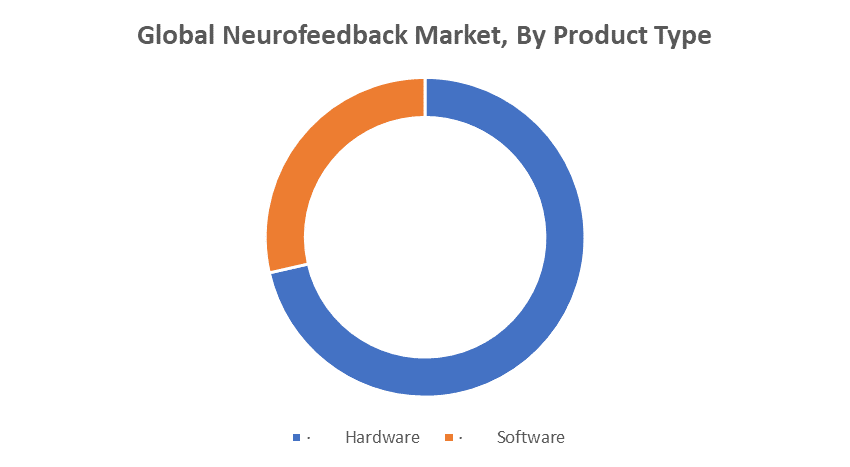
The segment dominance is driven by growth in this market is being driven by the ongoing improvements in hardware technology, which make gadgets more effective and user-friendly. Both in clinical and home settings, neurofeedback is now easier and accessible for consumers thanks to innovations like wireless and portable EEG devices.
Based on the application, the ADHD segment led the market with the major revenue share during the forecast period
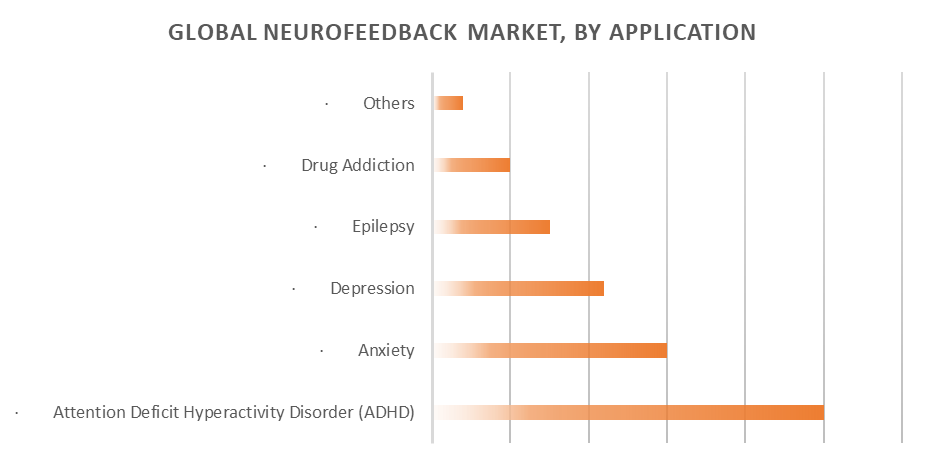
The ADHD segment led the market, holding the largest revenue share during the forecast period. the widespread occurrence of ADHD and the increasing acceptance of neurofeedback as a successful therapeutic approach. Without the negative effects of medicine, neurofeedback helps people with ADHD become more focused, attentive, and control their behaviour. Growth in this market is being driven by the growing need for non-pharmacological treatment options for ADHD.
North America is anticipated to hold the largest market share of the neurofeedback market during the forecast period
North America is anticipated to hold the largest market share in the neurofeedback market during the forecast period. The high incidence of mental health conditions, sophisticated healthcare facilities, and substantial funding for mental health research and treatment are the reasons for this region's supremacy. Due to the expanding need for non-pharmacological treatment options and the growing acceptance of neurofeedback therapy by patients and healthcare professionals, the neurofeedback market is particularly well-established in the United States. The availability of cutting-edge neurofeedback devices and the presence of significant market participants both support the expansion of the industry in this area.
Asia Pacific is expected to grow at the fastest CAGR in the neurofeedback market during the forecast period
Asia Pacific is expected to grow at the fastest CAGR in the neurofeedback market during the forecast period. Increased understanding of mental health concerns, better healthcare facilities, and rising acceptance of neurofeedback as a therapy option are all factors contributing to this growth. The prevalence of mental health disorders is rising in nations like China, India, and Japan, which is fueling the need for efficient treatment alternatives like neurofeedback. The market's expansion in this area is also being driven by rising healthcare spending and government programmes targeted at enhancing mental health.
Recent Development
- In May 2025, Neurotech Solutions and BrainMaster Technologies, two major players in the market, joined forces through a strategic partnership. This collaboration aimed to combine their expertise and resources, enhancing the development and distribution of innovative neurofeedback solutions.
- In October 2024, NeuroCare, a German neurofeedback systems manufacturer, secured a significant investment of 15 million from Merck KGaA. This funding will support the expansion of NeuroCare's product portfolio and global market presence.
Key Market Players
KEY PLAYERS IN THE NEUROFEEDBACK MARKET INCLUDE
- BrainMaster Technologies, Inc.
- NeuroCare Group GmbH
- Mind Media B.V.
- Thought Technology Ltd.
- Natus Medical Incorporated
- Brainquiry B.V.
- Mitsar Co. Ltd.
- Wearable Sensing
- NeuroField, Inc.
- BEE Medic GmbH
- NeuroSky, Inc.
- EEG Info
- Myndlift Ltd.
- Neuroelectrics
- Biofeedback Federation of Europe
- Others
Market Segment
This study forecasts revenue at global, regional, and country levels from 2020 to 2035. Spherical Insights has segmented the neurofeedback market based on the below-mentioned segments:
Global Neurofeedback Market, By Product Type
Global Neurofeedback Market, By Application
- Attention Deficit Hyperactivity Disorder (ADHD)
- Anxiety
- Depression
- Epilepsy
- Drug Addiction
- Others
Global Neurofeedback Market, By Regional Analysis
- North America
- Europe
- Germany
- UK
- France
- Italy
- Spain
- Russia
- Rest of Europe
- Asia Pacific
- China
- Japan
- India
- South Korea
- Australia
- Rest of Asia Pacific
- South America
- Brazil
- Argentina
- Rest of South America
- Middle East & Africa
- UAE
- Saudi Arabia
- Qatar
- South Africa
- Rest of the Middle East & Africa
